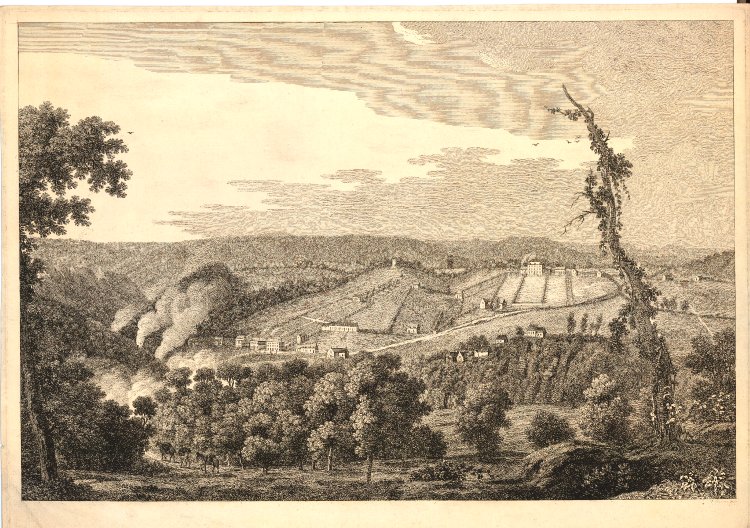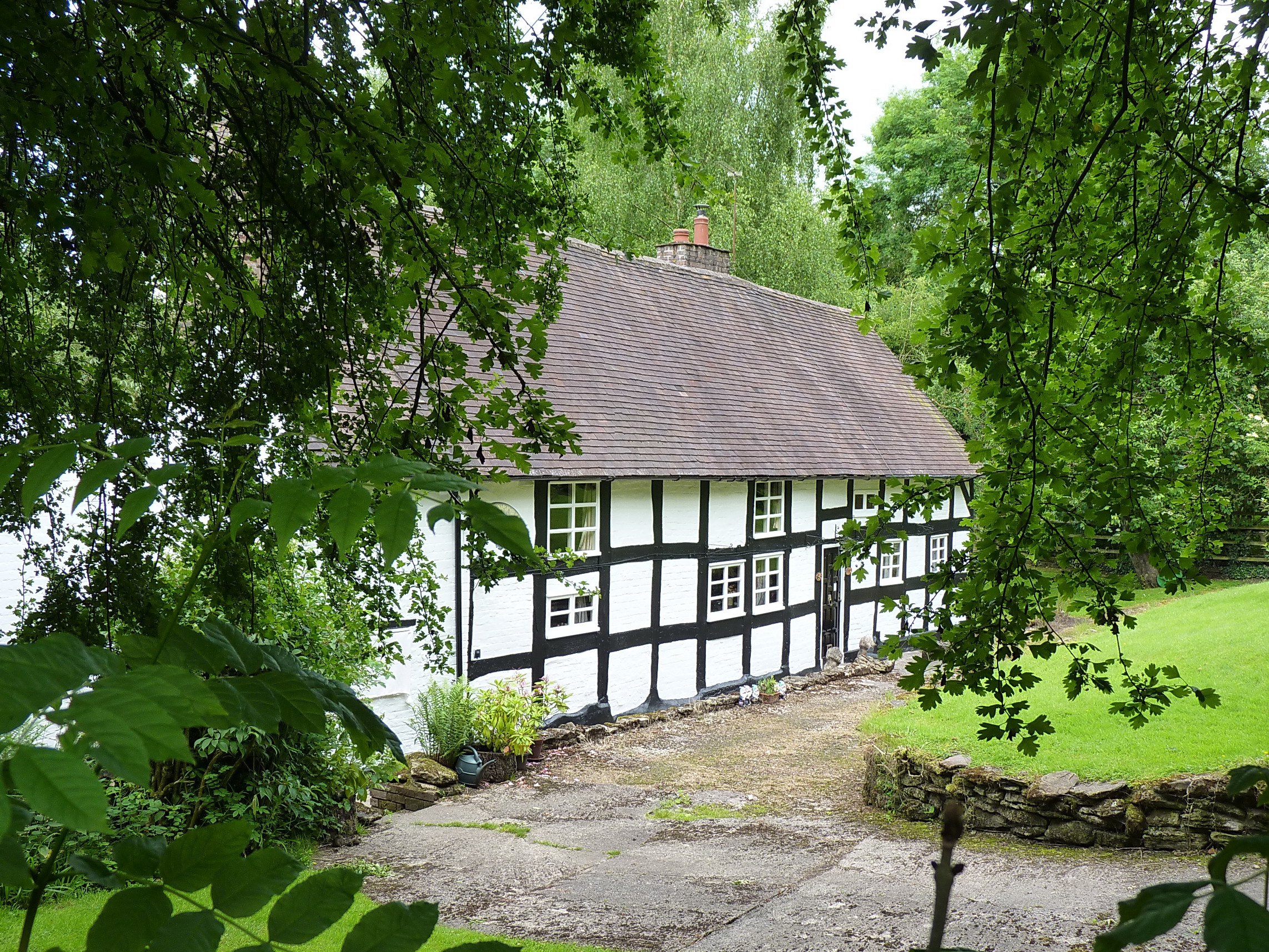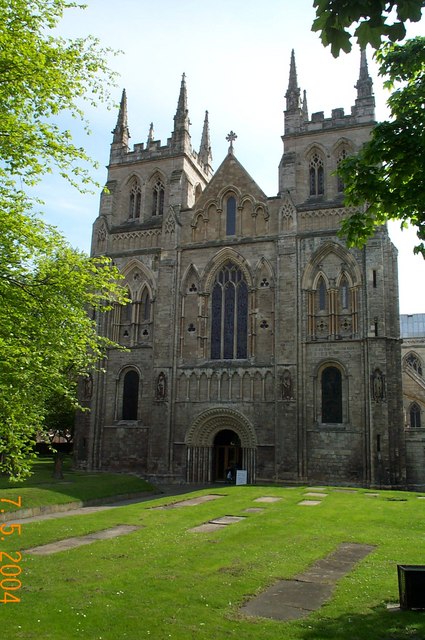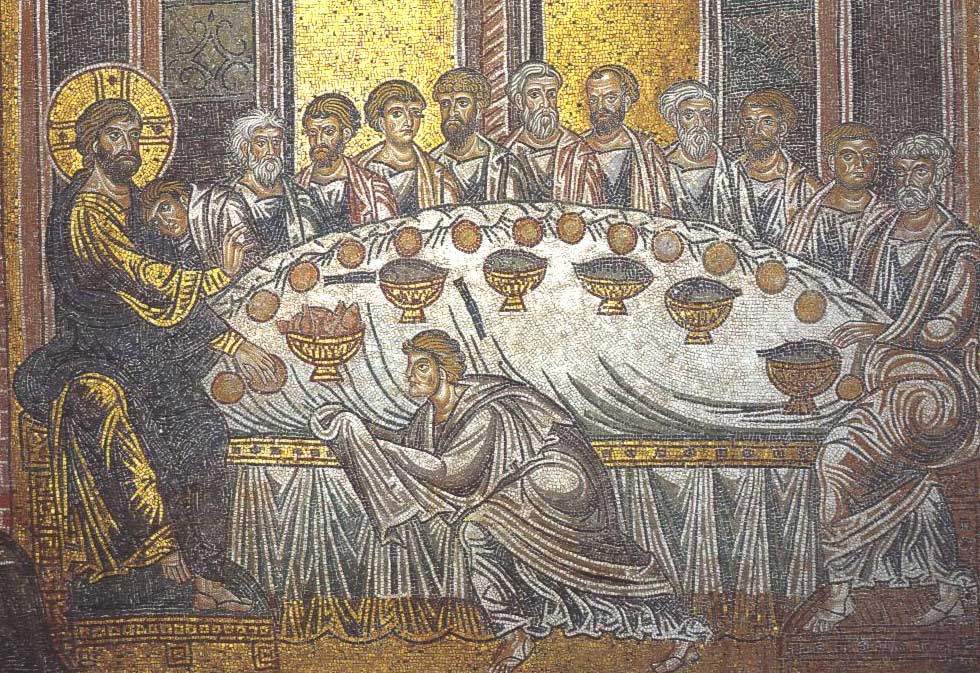|
Holy Trinity Church, Coalbrookdale
Holy Trinity Church is an Anglican church in Coalbrookdale, Shropshire, England. It is part of the United Benefice of Coalbrookdale, Ironbridge and Little Wenlock, in the Diocese of Hereford. The building is Grade II* listed. Description The parish of Coalbrookdale was formed in 1851, from Ironbridge and Little Dawley; the patronage of the new living was conferred on Abraham Darby IV, a member of the family of ironmasters at Coalbrookdale. He gave money for the building of a new church, and Adelaide Anna Darby (who married Henry Whitmore in 1852) gave the site. The church, designed by Reeves and Voysey, was built from 1851 to 1854, and it was consecrated by Renn Hampden, Bishop of Hereford, on 25 July 1854. [...More Info...] [...Related Items...] OR: [Wikipedia] [Google] [Baidu] |
Coalbrookdale
Coalbrookdale is a village in the Ironbridge Gorge in Shropshire, England, containing a settlement of great significance in the history of iron ore smelting. It lies within the civil parish called the Gorge. This is where iron ore was first smelted by Abraham Darby using easily mined "coking coal". The coal was drawn from drift mines in the sides of the valley. As it contained far fewer impurities than normal coal, the iron it produced was of a superior quality. Along with many other industrial developments that were going on in other parts of the country, this discovery was a major factor in the growing industrialisation of Britain, which was to become known as the Industrial Revolution. Today, Coalbrookdale is home to the Ironbridge Institute, a partnership between the University of Birmingham and the Ironbridge Gorge Museum Trust offering postgraduate and professional development courses in heritage. Before Abraham Darby Before the Dissolution of the Monasteries, Made ... [...More Info...] [...Related Items...] OR: [Wikipedia] [Google] [Baidu] |
Gothic Revival Architecture
Gothic Revival (also referred to as Victorian Gothic, neo-Gothic, or Gothick) is an architectural movement that began in the late 1740s in England. The movement gained momentum and expanded in the first half of the 19th century, as increasingly serious and learned admirers of the neo-Gothic styles sought to revive medieval Gothic architecture, intending to complement or even supersede the neoclassical styles prevalent at the time. Gothic Revival draws upon features of medieval examples, including decorative patterns, finials, lancet windows, and hood moulds. By the middle of the 19th century, Gothic had become the preeminent architectural style in the Western world, only to fall out of fashion in the 1880s and early 1890s. The Gothic Revival movement's roots are intertwined with philosophical movements associated with Catholicism and a re-awakening of high church or Anglo-Catholic belief concerned by the growth of religious nonconformism. Ultimately, the " Anglo-Catholicis ... [...More Info...] [...Related Items...] OR: [Wikipedia] [Google] [Baidu] |
Listed Buildings In The Gorge
The Gorge is a civil parish in the district of Telford and Wrekin, Shropshire, England. It contains 215 listed buildings that are recorded in the National Heritage List for England. Of these, two are listed at Grade I, the highest of the three grades, 13 are at Grade II*, the middle grade, and the others are at Grade II, the lowest grade. The River Severn runs through the parish and, together with a tributary running from the north, form Ironbridge Gorge, which contains the town of Ironbridge, and the villages of Coalbrookdale, Coalport and part of Jackfield. Until the coming of the Industrial Revolution the parish was rural, and the listed buildings from this period consist of timber framed houses and cottages. In 1708 Abraham Darby I moved to Coalbrookdale and took over an disused blast furnace. He developed this into The Old Furnace in which he smelted iron with coke for the first time in the world in 1709. From this, Coalbrookdale Ironworks de ... [...More Info...] [...Related Items...] OR: [Wikipedia] [Google] [Baidu] |
National Churches Trust
The National Churches Trust, formerly the Historic Churches Preservation Trust, is a British registered charity whose aim is to "promote and support church buildings of historic, architectural and community value across the UK". It carries out this aim by providing financial grants to repair and modernise church buildings, supporting projects to enable churches to remain open, collaborating with local Churches Trusts and volunteer bodies, providing practical advice, support and information, and working to promote public awareness of the needs of churches. Its forerunner was the Historic Churches Preservation Trust, whose functions it has taken over, together with those of the Incorporated Church Building Society. History By the middle of the 20th century, the fabric of many British church buildings was in a poor state of repair. This had followed socioeconomic changes in the late 19th and early 20th centuries, including population changes, followed by neglect during ... [...More Info...] [...Related Items...] OR: [Wikipedia] [Google] [Baidu] |
Matthew Webb
Captain Matthew Webb (19 January 1848 – 24 July 1883) was an English swimmer and stuntman. He is the first recorded person to swim the English Channel for sport without the use of artificial aids. In 1875, Webb swam from Dover to Calais in less than 22 hours. This made him a celebrity, and he performed many stunts in public. He died trying to swim the Whirlpool Rapids below Niagara Falls, a feat declared impossible. Early life and career Webb was born in High Street, Dawley (now part of Telford), in Shropshire, one of fourteen children of a surgeon. Matthew Webb, and his wife Sarah Cartwright Webb, who moved with the family to Madeley High Street in 1849, and then by 1856 to Eastfield House, Coalbrookdale. He acquired his ability to swim in the River Severn at Coalbrookdale. In 1860, at the age of twelve, he joined the training ship HMS ''Conway'' for two years, then entered the merchant navy and served an apprenticeship with Rathbone Brothers of Liverpool.Article on Mat ... [...More Info...] [...Related Items...] OR: [Wikipedia] [Google] [Baidu] |
Harrison & Harrison
Harrison & Harrison Ltd is a British company that makes and restores pipe organs, based in Durham, England, Durham and established in Rochdale in 1861. It is well known for its work on instruments such as King's College, Cambridge, Westminster Abbey, and the Royal Festival Hall. History of the firm Thomas Harrison established an organ building company in 1861 in Rochdale, then moved to Durham, England, Durham in 1872. The company was moderately successful but did not achieve real success until 1896 when Thomas's sons Arthur and Harry took over. Harry designed the organs and Arthur proved to be a particularly gifted voicer, resulting in commissions for rebuilds of several great organs including Durham Cathedral, the Royal Albert Hall Organ, Grand Organ at the Royal Albert Hall and new commissions including Westminster Abbey, and Rossall School (1925). Between 1890 and 1996 Harrisons was located on Cross Street (now Hawthorn Terrace), Durham in a former paper mill. The buildin ... [...More Info...] [...Related Items...] OR: [Wikipedia] [Google] [Baidu] |
Last Supper
Image:The Last Supper - Leonardo Da Vinci - High Resolution 32x16.jpg, 400px, alt=''The Last Supper'' by Leonardo da Vinci - Clickable Image, Depictions of the Last Supper in Christian art have been undertaken by artistic masters for centuries, Leonardo da Vinci's late-1490s mural painting in Milan, Italy, being the best-known example. ''(Clickable image—use cursor to identify.)'' poly 550 2550 750 2400 1150 2300 1150 2150 1200 2075 1500 2125 1525 2300 1350 2800 1450 3000 1700 3300 1300 3475 650 3500 550 3300 450 3000 Bartholomew poly 1575 2300 1625 2150 1900 2150 1925 2500 1875 2600 1800 2750 1600 3250 1425 3100 1400 2800 1375 2600 James Minor poly 1960 2150 2200 2150 2350 2500 2450 2575 2375 2725 2375 2900 2225 3100 2225 3225 1600 3225 1825 2700 1975 2450 1925 2300 Andrew poly 2450 2575 2775 2500 2700 2650 2800 2700 2600 3000 2600 3250 2300 3250 2200 3200 2300 3000 Peter poly 2750 2500 2950 2400 3125 2600 3175 2700 3300 2850 3700 3200 3750 3200 3650 3350 3400 3200 3000 3 ... [...More Info...] [...Related Items...] OR: [Wikipedia] [Google] [Baidu] |
Nave
The nave () is the central part of a church, stretching from the (normally western) main entrance or rear wall, to the transepts, or in a church without transepts, to the chancel. When a church contains side aisles, as in a basilica-type building, the strict definition of the term "nave" is restricted to the central aisle. In a broader, more colloquial sense, the nave includes all areas available for the lay worshippers, including the side-aisles and transepts.Cram, Ralph Adams Nave The Catholic Encyclopedia. Vol. 10. New York: Robert Appleton Company, 1911. Accessed 13 July 2018 Either way, the nave is distinct from the area reserved for the choir and clergy. Description The nave extends from the entry—which may have a separate vestibule (the narthex)—to the chancel and may be flanked by lower side-aisles separated from the nave by an arcade. If the aisles are high and of a width comparable to the central nave, the structure is sometimes said to have three nave ... [...More Info...] [...Related Items...] OR: [Wikipedia] [Google] [Baidu] |
Chancel
In church architecture, the chancel is the space around the altar, including the choir and the sanctuary (sometimes called the presbytery), at the liturgical east end of a traditional Christian church building. It may terminate in an apse. Overview The chancel is generally the area used by the clergy and choir during worship, while the congregation is in the nave. Direct access may be provided by a priest's door, usually on the south side of the church. This is one definition, sometimes called the "strict" one; in practice in churches where the eastern end contains other elements such as an ambulatory and side chapels, these are also often counted as part of the chancel, especially when discussing architecture. In smaller churches, where the altar is backed by the outside east wall and there is no distinct choir, the chancel and sanctuary may be the same area. In churches with a retroquire area behind the altar, this may only be included in the broader definition of chance ... [...More Info...] [...Related Items...] OR: [Wikipedia] [Google] [Baidu] |
Embattled
A battlement in defensive architecture, such as that of city walls or castles, comprises a parapet (i.e., a defensive low wall between chest-height and head-height), in which gaps or indentations, which are often rectangular, occur at intervals to allow for the launch of arrows or other projectiles from within the defences. These gaps are termed " crenels" (also known as ''carnels'', or '' embrasures''), and a wall or building with them is called crenellated; alternative (older) terms are castellated and embattled. The act of adding crenels to a previously unbroken parapet is termed crenellation. The function of battlements in war is to protect the defenders by giving them something to hide behind, from which they can pop out to launch their own missiles. A defensive building might be designed and built with battlements, or a manor house might be fortified by adding battlements, where no parapet previously existed, or cutting crenellations into its existing parapet wall. A ... [...More Info...] [...Related Items...] OR: [Wikipedia] [Google] [Baidu] |
The Church Gate At Holy Trinity, Coalbrookdale - Geograph
''The'' () is a grammatical article in English, denoting persons or things that are already or about to be mentioned, under discussion, implied or otherwise presumed familiar to listeners, readers, or speakers. It is the definite article in English. ''The'' is the most frequently used word in the English language; studies and analyses of texts have found it to account for seven percent of all printed English-language words. It is derived from gendered articles in Old English which combined in Middle English and now has a single form used with nouns of any gender. The word can be used with both singular and plural nouns, and with a noun that starts with any letter. This is different from many other languages, which have different forms of the definite article for different genders or numbers. Pronunciation In most dialects, "the" is pronounced as (with the voiced dental fricative followed by a schwa) when followed by a consonant sound, and as (homophone of the archaic pro ... [...More Info...] [...Related Items...] OR: [Wikipedia] [Google] [Baidu] |







.png)